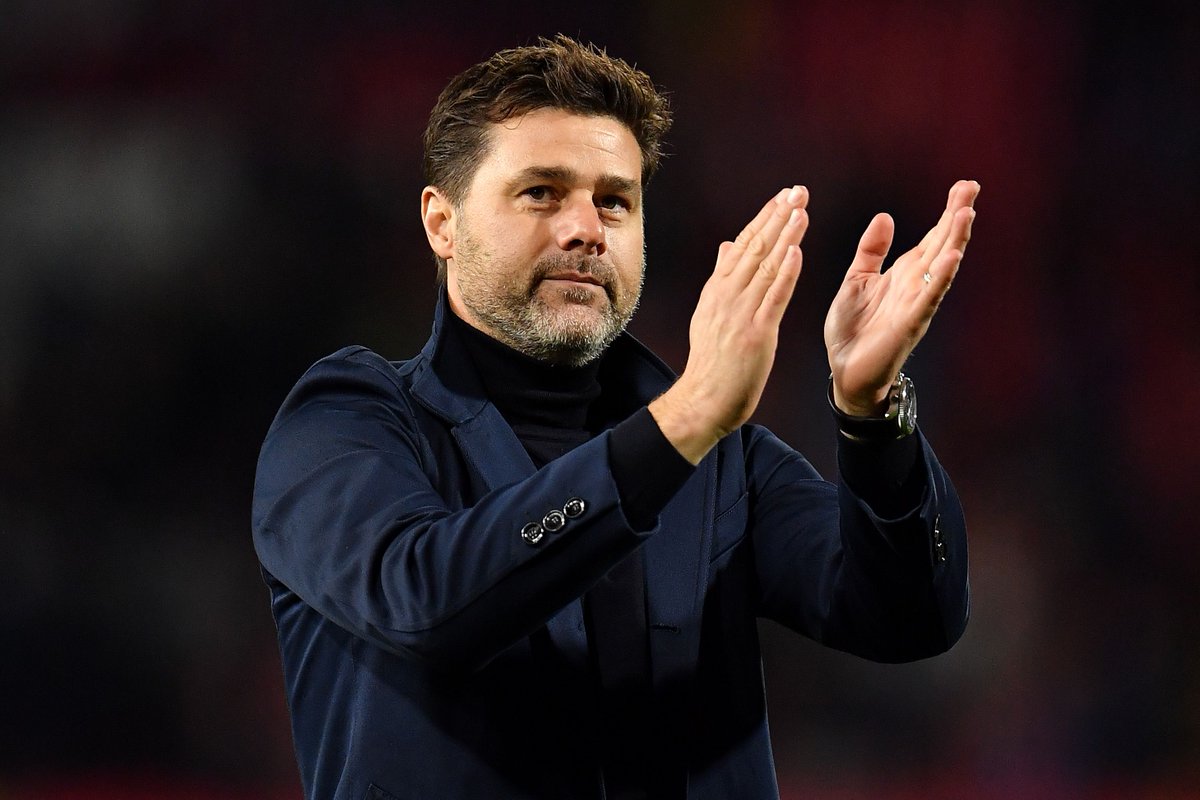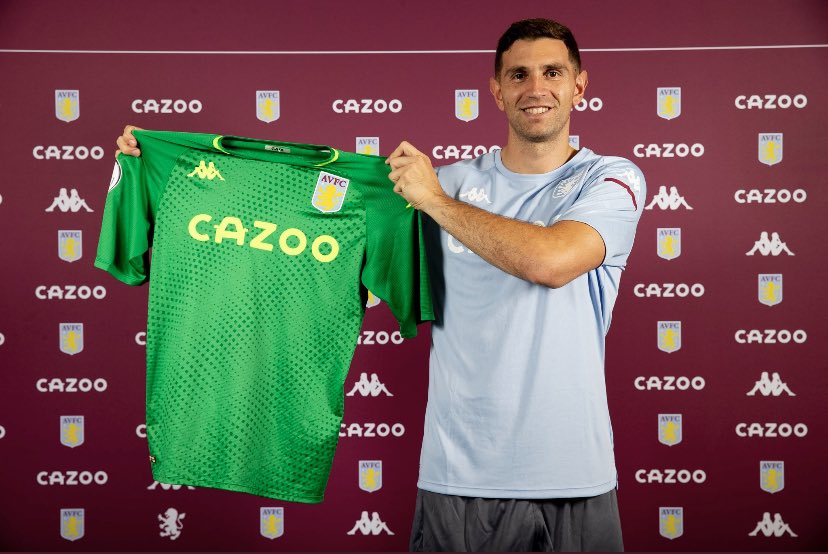For Arsenal, it was another grimly familiar sight. A key player wincing in pain, clutching the back of his leg. This time, it was Gabriel Magalhaes, forced off just 16 minutes into the match against Fulham. The Brazilian’s injury adds to a growing list of hamstring setbacks that have plagued Mikel Arteta’s squad this season.
Gabriel joins Bukayo Saka, Kai Havertz, and Gabriel Martinelli in suffering similar issues, with some of those injuries keeping players sidelined for months. While the severity of Gabriel’s problem remains unclear, he is now a major doubt for Arsenal’s Champions League quarter-final against Real Madrid, if not longer.
This is not just an Arsenal problem—it’s a football-wide crisis. Data from Premier Injuries shows that hamstring issues account for more than a quarter of injuries in the Premier League this season, with 60% severe enough to keep players out for at least a month. That’s a sharp rise from 40% in previous seasons. Clubs across England have been hit, with Chelsea, Tottenham, Manchester United, Liverpool, and others all dealing with key absences due to hamstring injuries.
So what’s behind this alarming trend? The relentless schedule is a major factor. Arsenal’s stars have played an enormous number of matches in recent seasons. Saka racked up nearly 150 appearances since the summer of 2022 before his injury, Havertz surpassed 160, and Gabriel has played over 150. Arteta himself admitted that such a workload makes injuries “inevitable.” Players barely have time to recover, let alone train properly to strengthen their muscles.
The speed of the game is another factor. Premier League football has never been more intense, with high-pressing, high-energy tactics demanding constant sprints and rapid changes of direction. Gabriel’s injury came while sprinting back at full speed against Fulham—a perfect example of the physical toll on modern defenders.
Long-haul travel adds another layer of risk. Gabriel had just returned from international duty with Brazil, where he played against Colombia before spending extra time in his home country. Studies suggest that travel, time zone shifts, and disrupted recovery routines contribute to injury risks.
So what’s the solution? In theory, managers could rotate their squads more often, but Arteta—like many other top coaches—is under pressure to win and relies on his best players regularly. Calls for schedule reforms have been ignored for years, with even high-profile stars like Harry Kane and Rodri voicing their frustrations. Expanding squads could help, but financial restrictions make that challenging for most clubs.
For now, the trend shows no sign of slowing down. More games, more intensity, and more travel mean more injuries. Arsenal and their rivals will simply have to manage the fallout, with Gabriel the latest in what feels like an endless cycle of setbacks.



